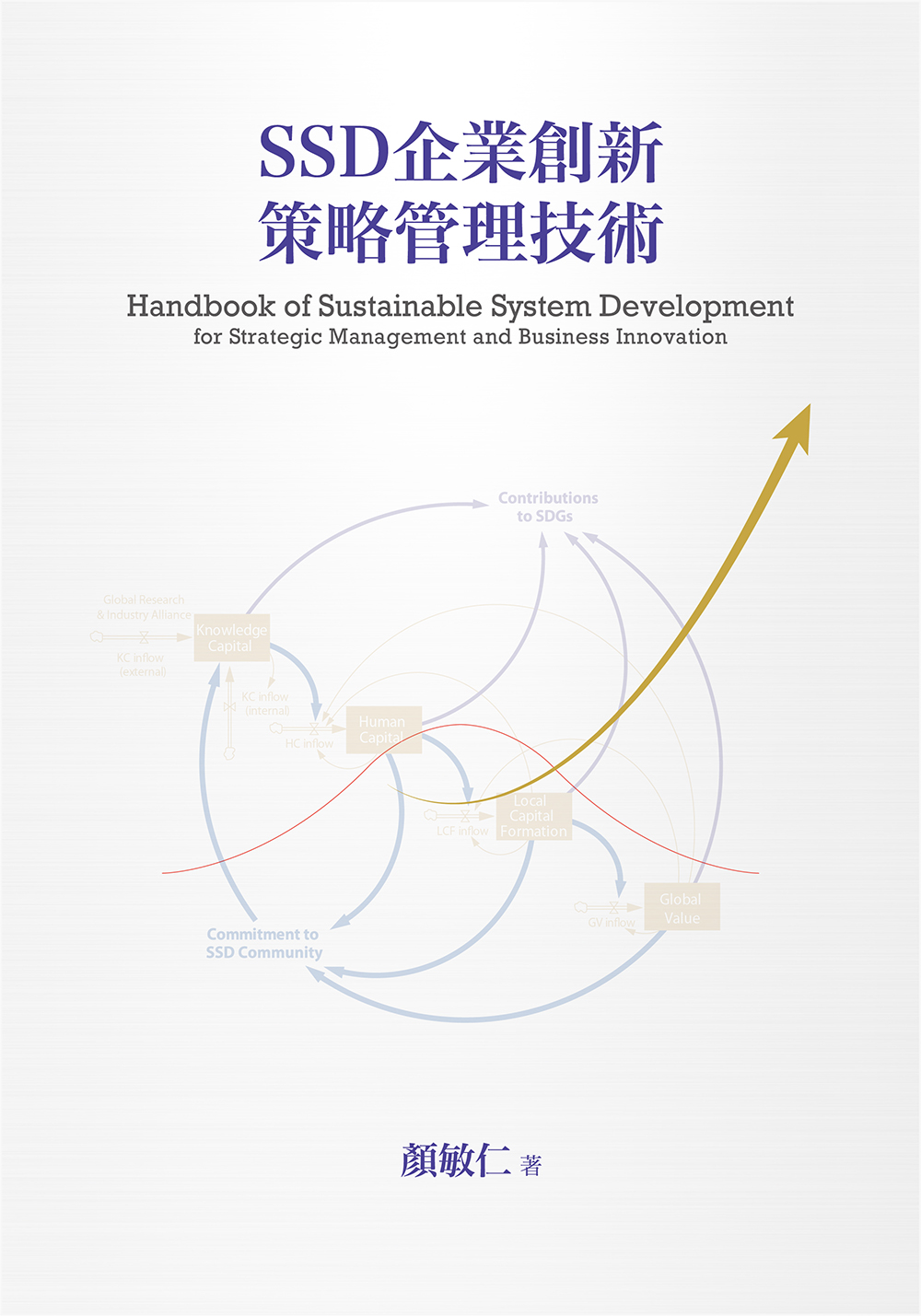
SSD企業創新策略管理技術
Handbook of Sustainable System Development for Strategic Management and Business Innovation
作者:顏敏仁 購買諮詢
第二曲線(Second Curve)指出了企業必須創新的道理 “WHY”。我們進一步需要解方。
亞馬遜飛輪效應(Amazon Flywheel Model)分享了企業創新系統模式的Know “HOW”。我們仍想知道明確的未來發展落點。
AI及大數據分析提供強大演算法預測未來 “WHERE”。然策略規劃需要有開放系統的人機互動決策支援。
洞察企業組織的過去和未來,我們需要從WHY, WHERE, HOW全面協助企業組織創新發展和動態經營管理。本書所介紹的創新管理思維和系統科學方法論,希望協助您發掘機會創造價值,建立共同願景,付諸創新領導實踐,鏈結城市創新與地方社會永續發展。
本書適合專業經理人、新創企業家、中小企業主、產業領導人、政策制定者、大專校院教師、博碩士生、EMBA、MBA或即將成為社會新鮮人之大學生,以及有志提升國際競爭力者。
成長的極限:當代最重要地球成長極限預言經典,三十週年增訂版
Limits to Growth:The 30-Year Update
作者:唐妮菈.米道斯(Donella Meadows)、喬詹.蘭德斯(Jorgen Randers)、丹尼斯.米道斯(Dennis Meadows) 購買諮詢
從 《成長的極限》到永續系統發展,國立政治大學 顏敏仁教授專文導讀。
地球環境的推背圖,半世紀前的重磅科學前瞻論著!全球暢銷超過1000萬冊,翻譯成近40種語言,千所大學指定必讀教科書 。影響聯合國永續發展政策與多國國家發展政策。ESG、SDGs時代更該回望精讀的當代生態經濟學經典。
-影響聯合國SDGs永續發展及巴黎氣候協定全球政策
-超過一百零二位諾貝爾獎得主共同簽署地球環境宣言
-總統頒布淨零永續政策及國家發展委員會政策參考基礎
-金管會主委黃天牧讚譽ESG公司治理3.0經典必讀
「成長的極限」這本書源自50年前MIT科學家研究團隊用System Dynamics電腦科學模擬分析技術探討地球🌍邁向2100年的未來情境分析,成為全球第一本用科學方法分析環境風險的報告,也影響了巴黎氣候協定及聯合國永續發展相關政策,亦影響全球500強企業及歐美企業的ESG淨零轉型路徑策略管理,協助ESG上市櫃公司治理3.0和中小企業轉型升級。
國科會核定由政大以此核心管理技術基礎設立ESG產學技術聯盟,以協助台灣產業接軌國際,用科學方法提昇ESG競爭力。

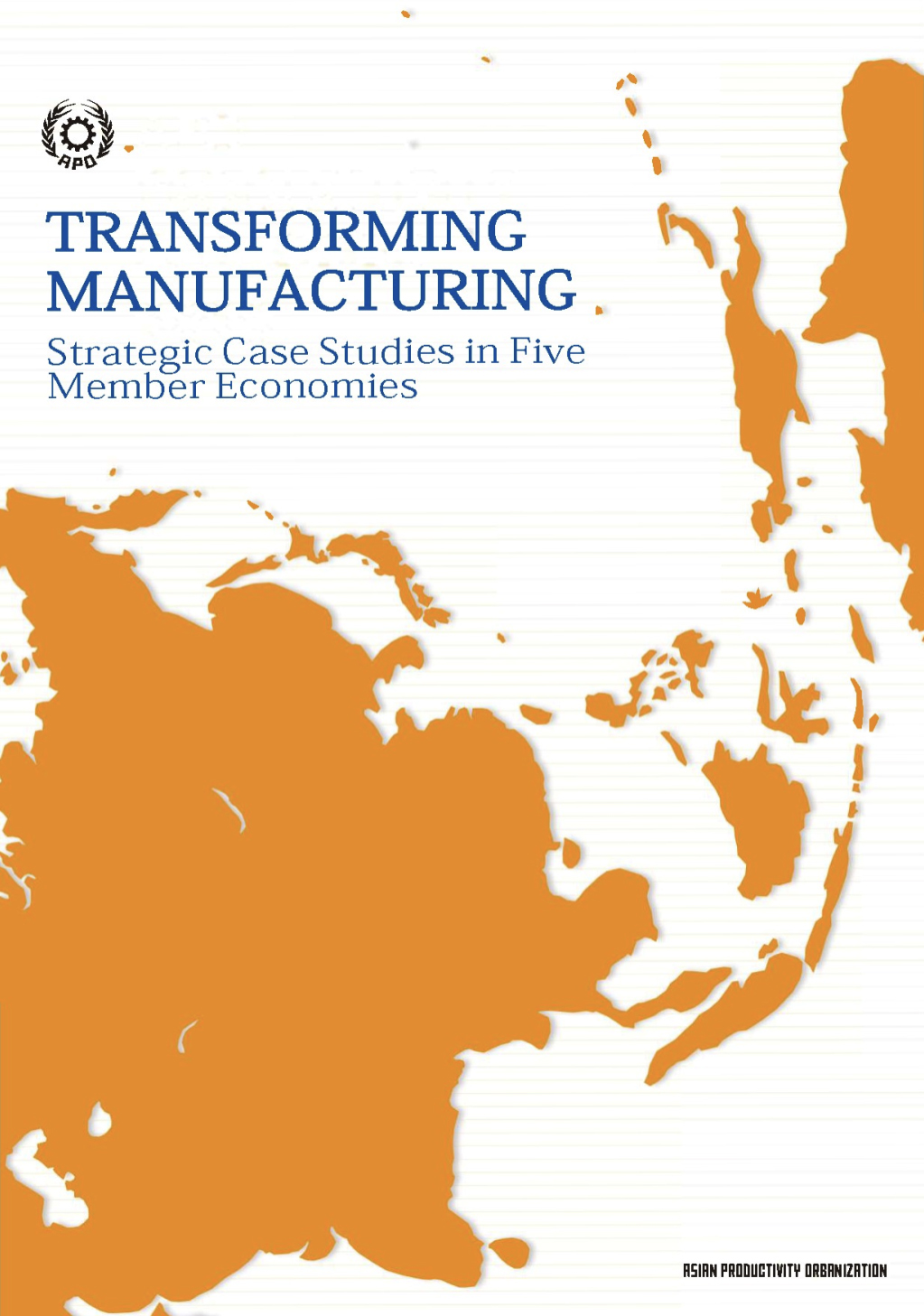
TRANSFORMING MANUFACTURING
Strategic Case Studies in Five Member Economies
Chief Expert: Min-Ren Yan
National Experts: Hideyuki EZAKI, Pei-Fang Tsai, Senthil Siva Subramanian, Plawut Wongwiwat, David Khor
While the global environment changes rapidly with advancing technologies and unpredictable factors, such as COVID-19, transformation with resilient leadership and continuous improvement remain necessary for businesses to assure adaptive capabilities and competitiveness. Transformation is a dynamic process, required for constant improvement, and transformation strategies vital for goal setting and performance management that undergo the dynamic process. A successful transformation strategy is evaluated based on the achievement of planned strategic objectives (case by case), instead of using a common standard-for-all for diverse companies in the global market. Multiple case studies presented in this publication demonstrate the strategic thinking and the rationale of transformation process instead of merely reporting the results of established companies. Why did the company adopt Industry 4.0 and its transformation? What benefits were considered when considering Industry 4.0 and the accompanying manufacturing transformations or upgrades? 15 case studies from five APO member economies (Japan, Republic of China (ROC), India, Thailand, Malaysia), showcasing different industries and resources are invaluable reference for companies that are considering their own business transformation.
Strategy Dynamics Essentials
Author: Kim Warren
In this book Kim provides the reader with a reliable method to develop “joined up” strategies and plans for common business situations – a powerful addition to current tools and frameworks. The initial focus is on the core “strategic architecture” of the business, which explains how performance arises from its system of real elements (customers, staff, products, capacity, cash). Later chapters extend the method to deal with the quality and development of customers and other resources, competition, policy decisions, intangible factors and organizational capabilities.
The strategy dynamics method deploys the rigorous, scientific method of system dynamics – essentially the application of engineering control theory principles to social systems.
The method leads to the creation of working, quantified models of any enterprise, or any part thereof, of any scale, in any sector-or of any issue that such an enterprise may face.
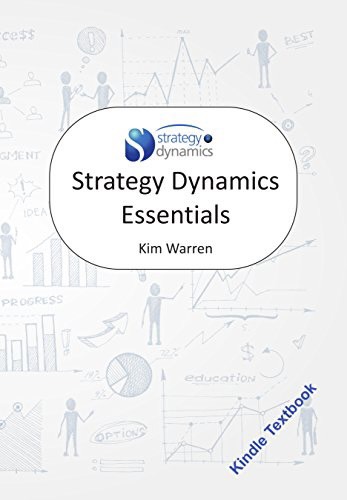
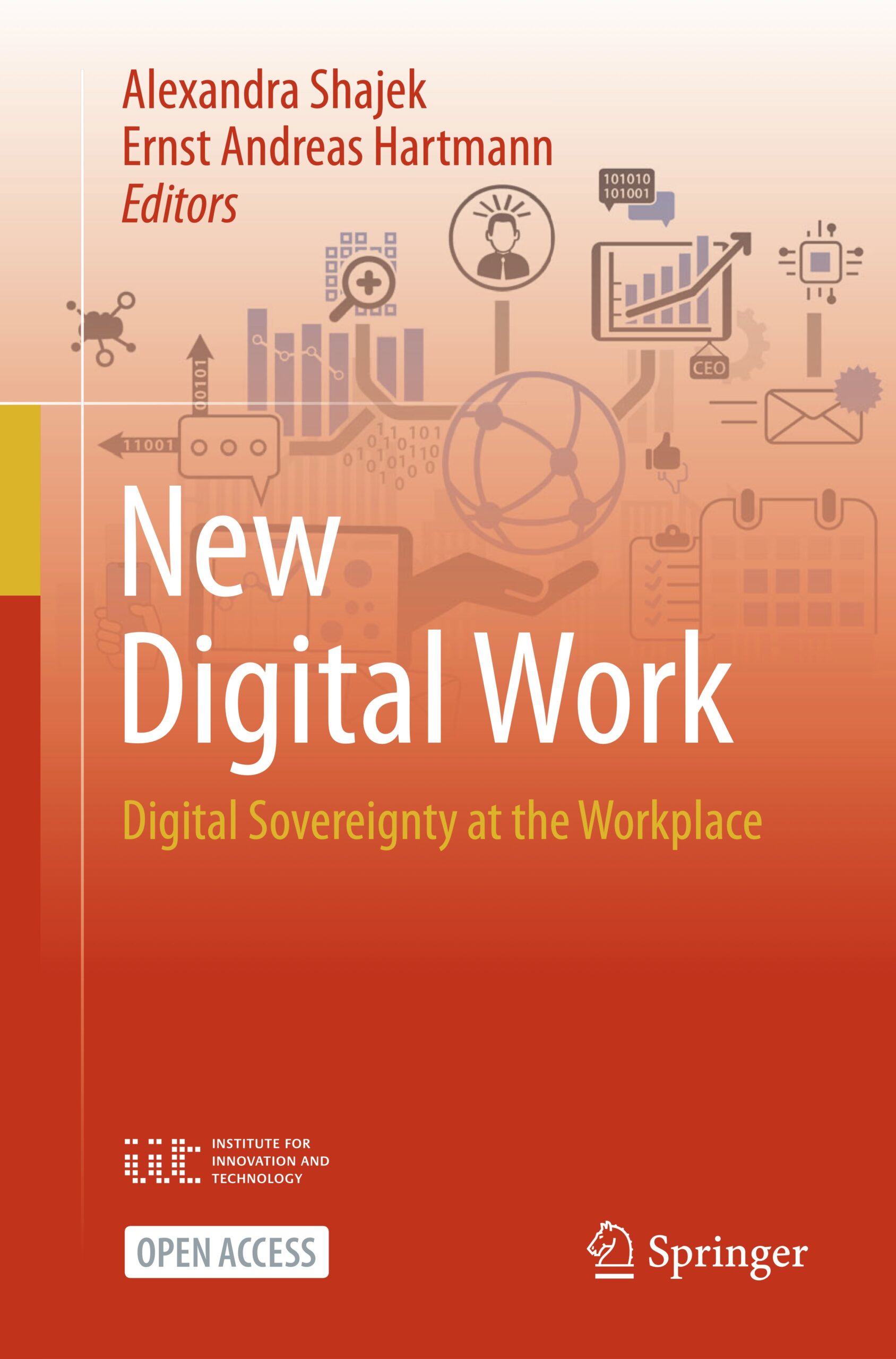
New Digital Work
Digital Sovereignty at the Workplace
Editors: Alexandra Shajek, Ernst Andreas Hartmann
- Includes consideration of the effects of digitalization on workplaces and employees
- Gives insights into Global Issues of Work and Work Systems Design from a wide range of perspectives
- This book is open access, which means that you have free and unlimited access
- Written by experts
Digital Innovation Process Guide
HANDBOOK FOR MANUFACTURING SMEs
Author: Dr. Eva Diedrichs (volume editor)
SMEs must embrace digital innovation to achieve business agility and compete in global markets. However, they are faced with many barriers. This handbook for manufacturing SMEs comprises conceptual framework, tools, and templates that have been tested by almost 100 manufacturing SMEs in several APO member countries. Developed with the support of the APO Center of Excellence on IT for Industry 4.0, the handbook aims to support SMEs to overcome barriers and undertake digital innovation.
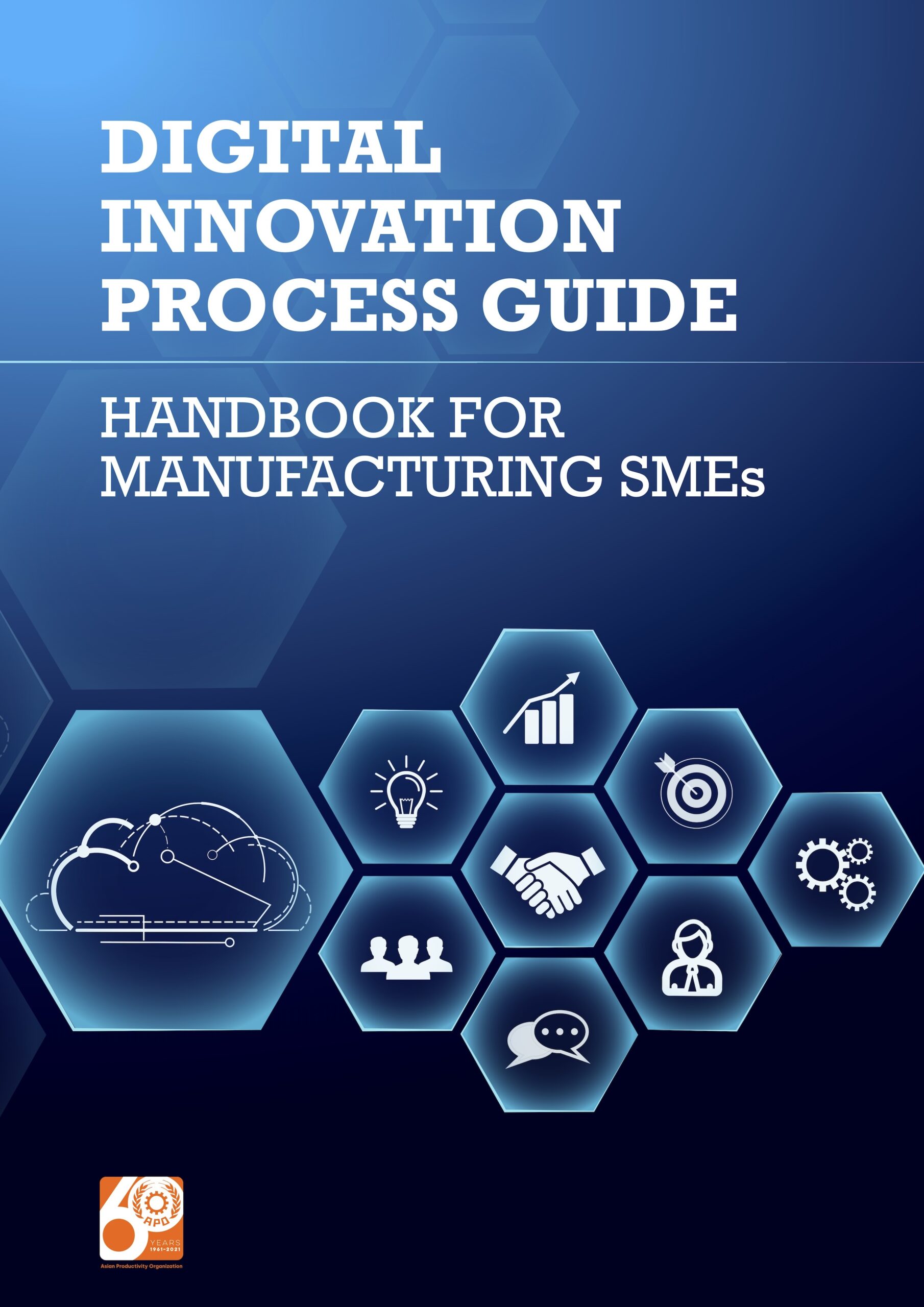

The Value of Arts for Business
Author: Giovanni Schiuma
The traditional view of the relationship between business and the arts is very much a one-way affair: organisations may endorse, fund or publicise the arts but the arts have nothing to offer from a business perspective. The Value of Arts for Business challenges this view by showing how the arts, in the form of Arts-based Initiatives (ABIs), can be used to enhance value-creation capacity and boost business performance. The book introduces and explains three models that show how organisations can successfully implement and manage ABIs. Firstly, the Arts Value Matrix enables managers to see how organisational value-drivers are affected by ABIs. Secondly, the Arts Benefits Constellation shows how to assess the benefits of using ABIs. Finally, the Arts Value Map shows how ABIs can be integrated and aligned with organisational strategy and operations. These models lay the foundations for a new research area exploring the links between arts and business.
Business Model Design Compass Open Innovation Funnel to Schumpeterian New Combination Business Model Developing Circle
Author: Yun, JinHyo Joseph
This book reveals how open innovation utilizes the developing circle of business models to establish new ones that define a unique link between technology and markets, focusing on how to develop and maintain successful business models. It draws readers into the philosophy and economic effects of open innovation from the outset. It presents four different developing circle business models for customers in the role of consumers, entrepreneurs, social entrepreneurs and engineers respectively, enabling each group to develop, utilize and enlarge creative business models, and even switch business models. In addition to these four circles, it takes a systemic approach to describe the relationship between technology and markets. From this relationship an open innovation strategy towards entrepreneurship can be adopted. From Open Innovation to a Creative Developing-Circle Business Model is an essential resource for start-up entrepreneurs, as well as for students of technology management, strategy and open innovation.
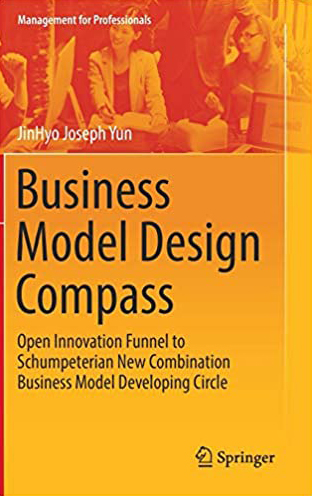
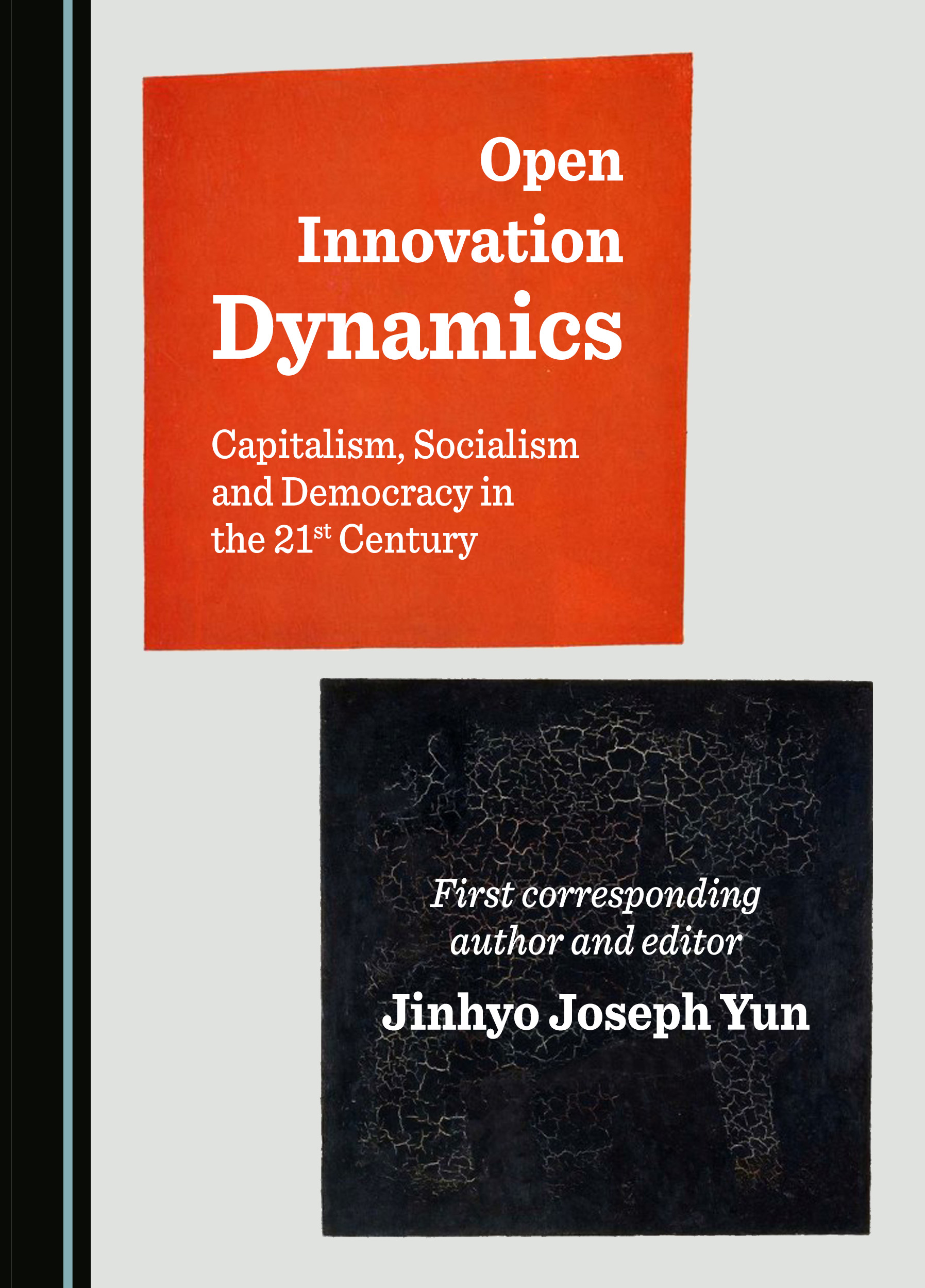
Open Innovation Dynamics
Capitalism, Socialism and Democracy in the 21st Century
Author:Jinhyo Joseph Yun, Min-Ren Yan et al.
This book expands the concept of open innovation from a static strategic idea to a dynamic principle. It details various, underexplored aspects of this concept, including the culture for necessary open innovation dynamics, the difference between James Watt and Steve Jobs, and collective intelligence as a new category of open innovation. It specifically considers open innovation within the context of micro- and macro-dynamics of economics.

